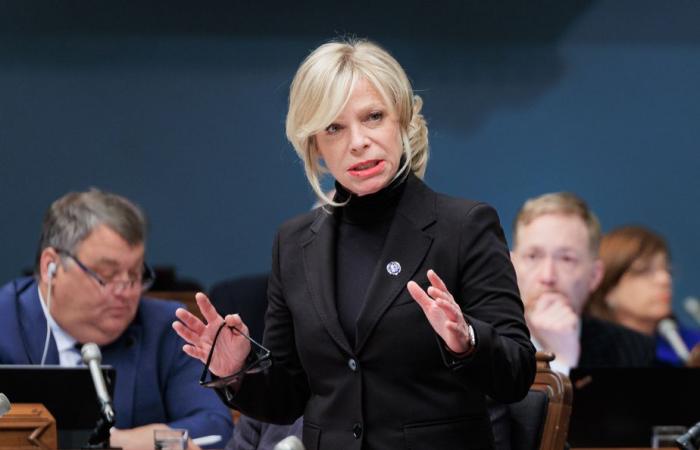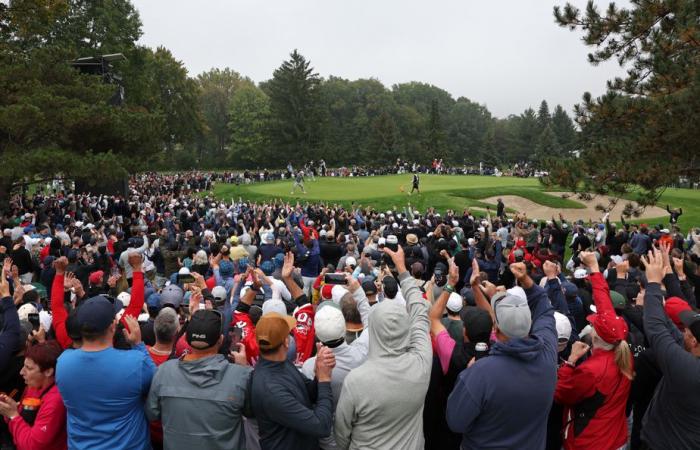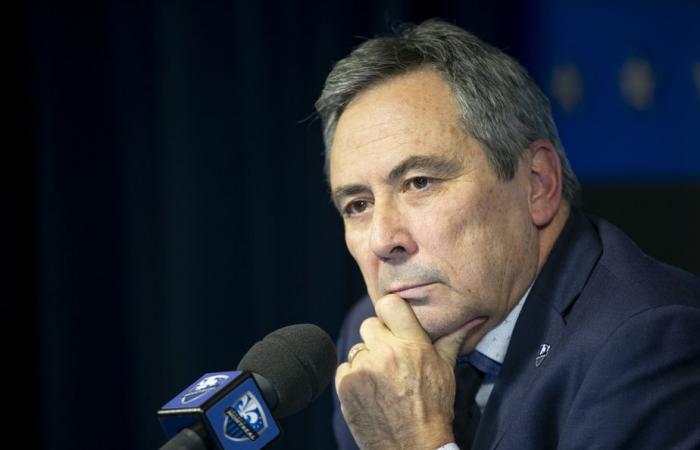Is it profitable to subsidize professional sports, a generally very lucrative industry?
Posted at 1:16 a.m.
Updated at 7:00 a.m.
The question resurfaced last week, following the publication of two articles on the 9 million subsidies for the Presidents Cup1 and on a subsidy of half a million to the National Hockey League for the 4 Nations Confrontation in Montreal2. These days, the Los Angeles Kings are playing two games in Quebec, after obtaining a subsidy of 5 to 7 million.
“That’s a big question. It depends on how we define profitability,” says Richard Legendre, former manager of sports organizations and associate director of the sports division of HEC Montréal.
For its part, the Legault government maintains that subsidies for sporting events such as the Presidents Cup and the 4 Nations Showdown are profitable and ultimately make it possible to pay for public services.
If Quebec grants these subsidies, it is “because it generates money in the pockets of Quebecers for services [publics] and infrastructure. Because it showcases Quebec internationally,” said Quebec Minister of Tourism Caroline Proulx in an interview, who wants to attract more major sporting events thanks to subsidies.
PHOTO EDOUARD PLANTE-FRÉCHETTE, LA PRESSE ARCHIVES
The Minister of Tourism, Caroline Proulx
It’s a profitable model. […] The economic success of cities like Boston, Chicago, New York is based, among other things, on the presence of sports teams and international events. This has enormous economic benefits.
Caroline Proulx, Minister of Tourism
Economists who have studied the issue come to very different conclusions.
“According to the consensus of economic studies on the subject, sporting events have little or no impact on the economic performance of a region. Some would even have negative economic impacts because of the leaks,” says economist Philippe Barla, professor at Laval University specializing in cost-benefit analyses.
“It is possible that there will be economic benefits, but it is quite rare for this type of subsidy to pay for itself,” says Pedro Antunes, chief economist of the Conference Board of Canada. And any government spending will have economic benefits. »
Take the example of Golf. In 2012, American economist Steve Shmanske assessed the effect of 36 major golf tournaments on the local economy. Conclusion: there is none. We move money. Salaries are not increasing more than average, not even in the hotel industry3.
Yes, money is being made (a lot of money, even). But the vast majority of spectators are generally local people. The latter would have spent their “leisure dollars” in the sector anyway, according to economist Philippe Barla.
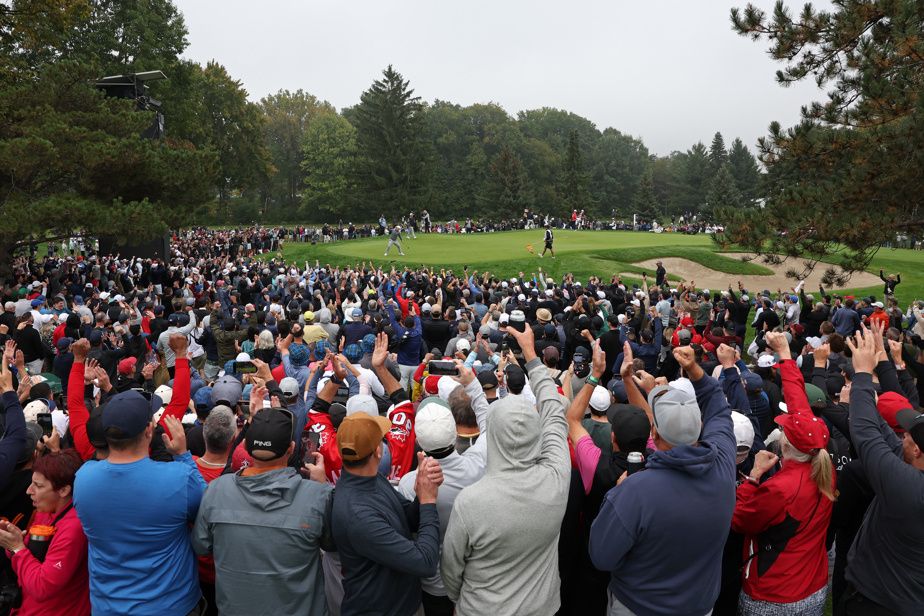
PHOTO ROBERT SKINNER, LA PRESSE ARCHIVES
The Presidents Cup took place at the Royal Montreal golf club, from September 24 to 29, thanks to a government subsidy.
Promoters of sporting events and subsidizing governments often compare the amount of a subsidy to the economic benefits. However, “from the point of view of public finances, the subsidy is profitable if it brings in more than its cost in tax benefits,” says economist Philippe Barla.
Fiscal impact estimates are not public for the Presidents Cup, but they are for the Grand Prix.
On a fiscal level, the Grand Prix is loss-making for governments: the event generates 17 million per year in tax revenue, and governments pay subsidies of 18.7 million per year on average. If we count all government revenues and expenditures related to the Grand Prix, the Grand Prix would have cost 4.5 million per year more in public funds than it brought in government revenues for the period from 2015 to 2019, a already calculated The Press4.
In addition to the benefits, the Legault government’s other major argument is that an event broadcast everywhere on the planet promotes tourism.
Economist Johan Fourie measured the impact of 11 mega-sporting events (e.g. Olympic Games, Football World Cup, Rugby World Cup, etc.) on tourism. Conclusion: they have little effect on tourism in developed countries (except for the Summer Olympics), and no long-term impact5.
Will showing images of Quebec on TV attract additional tourists? “It’s small and difficult to quantify as an impact on tourism,” says economist Pedro Antunes. We must be realistic: we cannot base our subsidy policy on [là-dessus] hoping this theory is valid. »
Richard Legendre sees things differently. According to the former Minister of Tourism of Quebec, the calculation should not be purely economic or fiscal.
“We must look at these investments in their entirety,” said Mr. Legendre. Except for a team [le Canadien de Montréal]all of our major professional sports properties have had to benefit from public funds to continue to exist or grow over the last 25 years: the Alouettes with the Percival-Molson stadium, CF Montreal with the Saputo stadium, tennis with the stadium IGA, F1, the Presidents Cup, the cycling Grands Prix. »
“If we ask the community if it is happy to have made a certain public investment, I think the overall answer is yes. We find that it was profitable either economically or socially. People are happy to have these events. If we had relied solely on private investments, I am far from certain that they would all still be here,” says Mr. Legendre, who was director of the Canadian Open tennis tournament (now the National Bank Open). ) and executive vice-president of CF Montréal.
Richard Legendre believes that each grant file must be evaluated “on a case-by-case basis”.
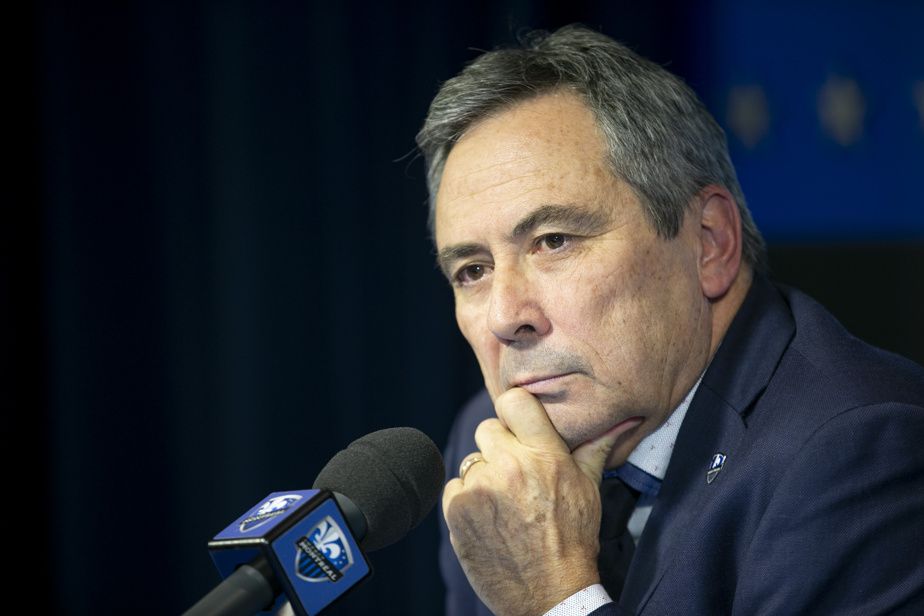
PHOTO DAVID BOILY, LA PRESSE ARCHIVES
Former minister and former executive vice-president of the Montreal Impact, Richard Legendre
The Presidents Cup is a good decision. The Kings paid dearly for two exhibition games. They probably would have come without public funds.
Richard Legendre, former minister and former executive vice-president of the Montreal Impact
The former Landry government minister believes that the Quebec public authorities have been “quite reasonable financially” in matters of professional sport for 30 years. When the amounts requested were too large, the governments said no to the Nordiques and the Expos, he points out.
Public funds are often a “complement” to private funds. Richard Legendre takes the example of the Saputo stadium, “80% paid for by the Saputo family and 20% by public funds”. “If Montreal entered the MLS, it is first and foremost thanks to Joey Saputo, but this public investment also contributed,” he said.
“We must not be dogmatic,” says Richard Legendre. Economists tell us that it is not a good idea to inject public funds into professional sport, but reality teaches us that it is done everywhere and that we are in competition with other states. The fundamental question is: do we want to have these sporting events? I have the same speech for cultural events. We invested 265 million in public funds in the Maison symphonique, and I am very proud of it. But if we had just looked at the economic return on these 265 million, I’m not sure we would have made the same decision. »
1. Read the file “Presidents Cup: a cost of 9 million for taxpayers”
2. Read the article “Confrontation of the 4 nations: Quebec gives another subsidy to the NHL”
3. Steve Shmanske, « The Economic Impact of the Golf Majors », dans International Handbook on the Economics of Mega Sporting EventsEdward Elgar Publishing, 2012.
4. Read the column “Canadian Grand Prix: losses of 22 million between 2015 and 2019”
5. Johan Fourie et Maria Santana-Gallego, « Mega-sport events and inbound tourism : New data, methods and evidence », Tourism Management Perspectives43, 2022.
What do you think? Participate in the dialogue


